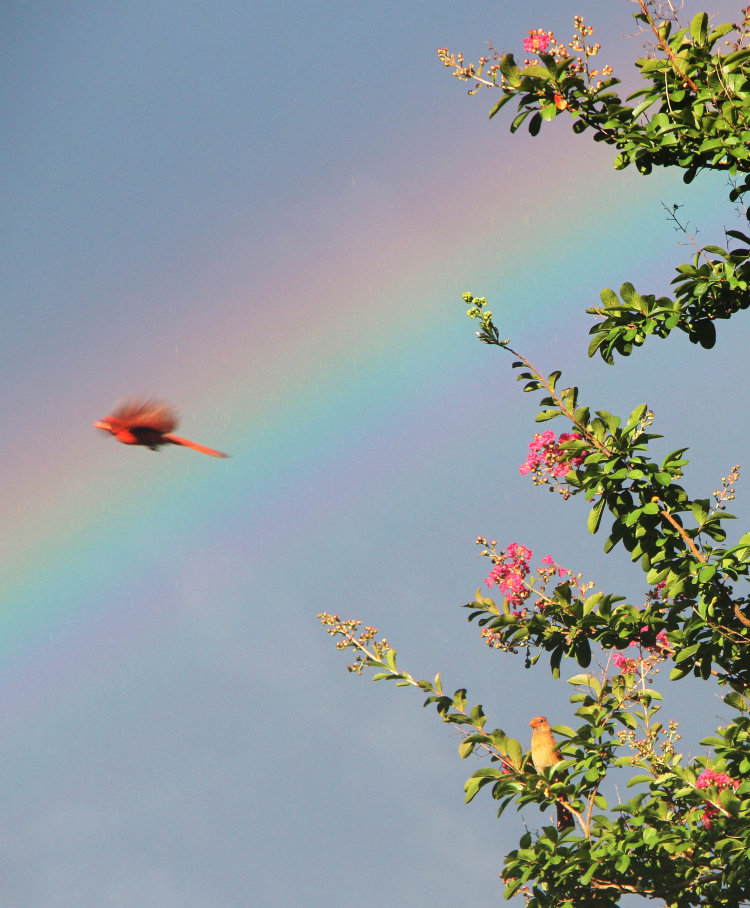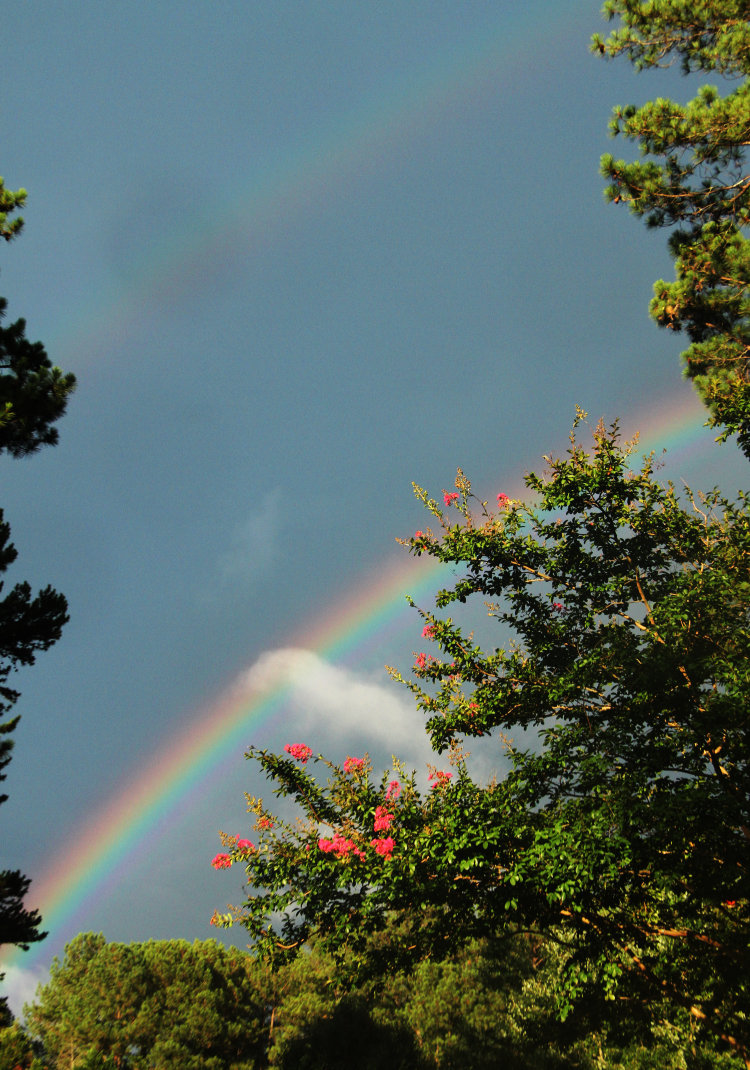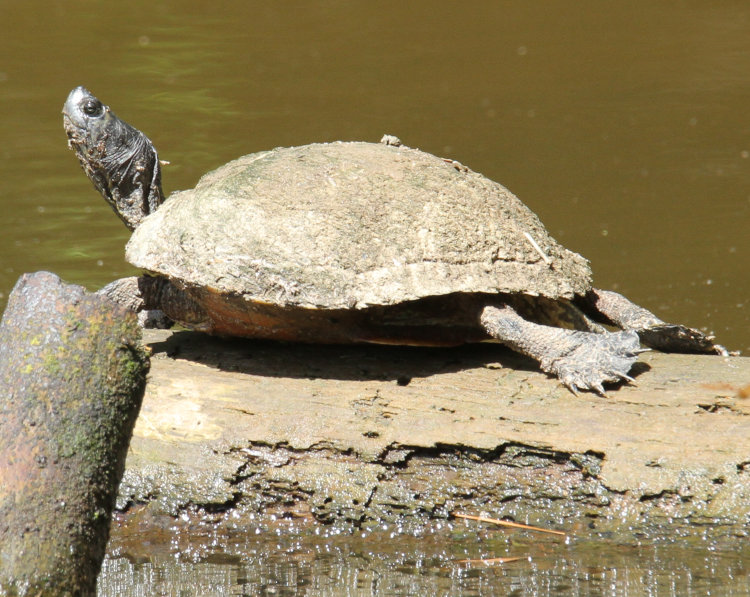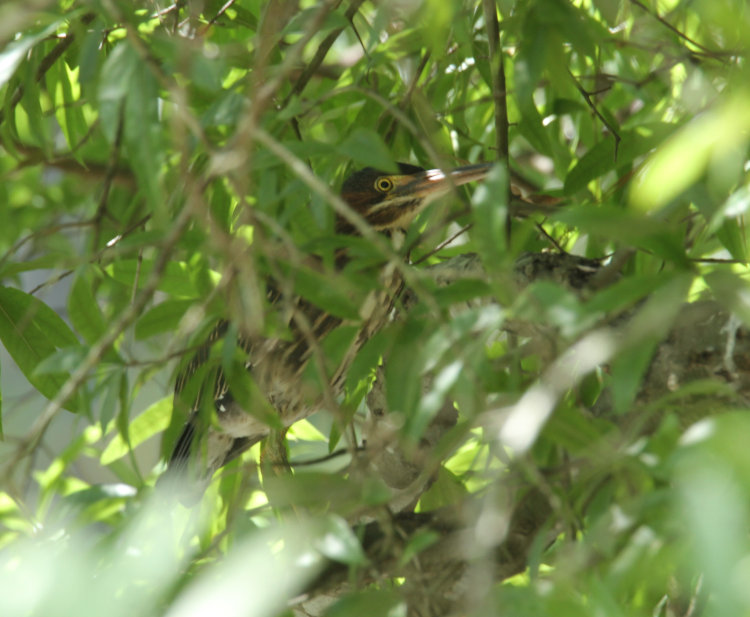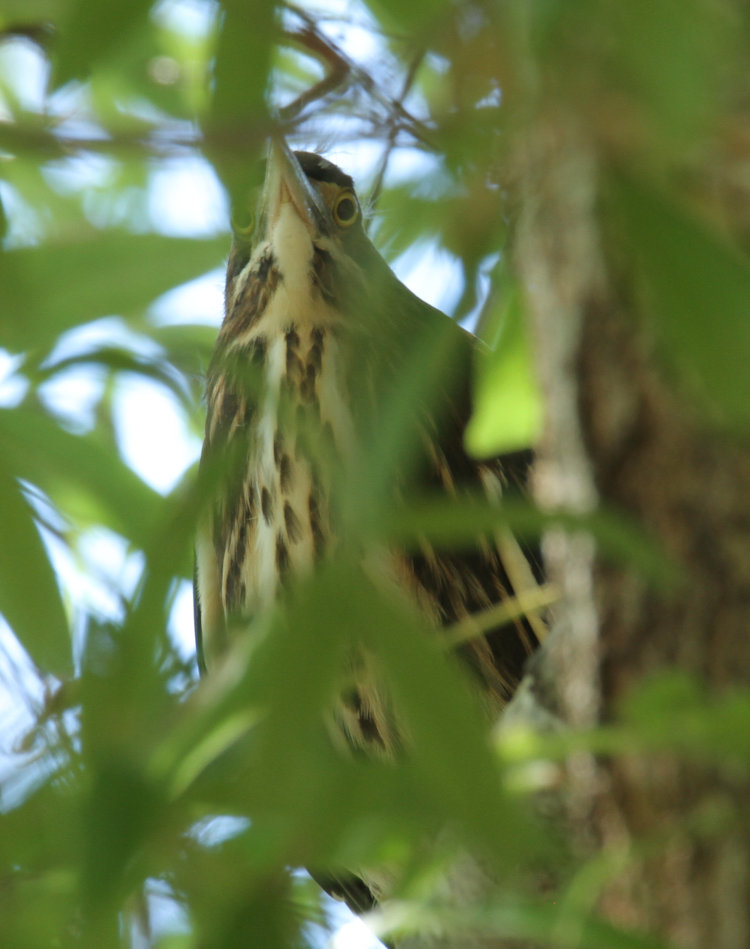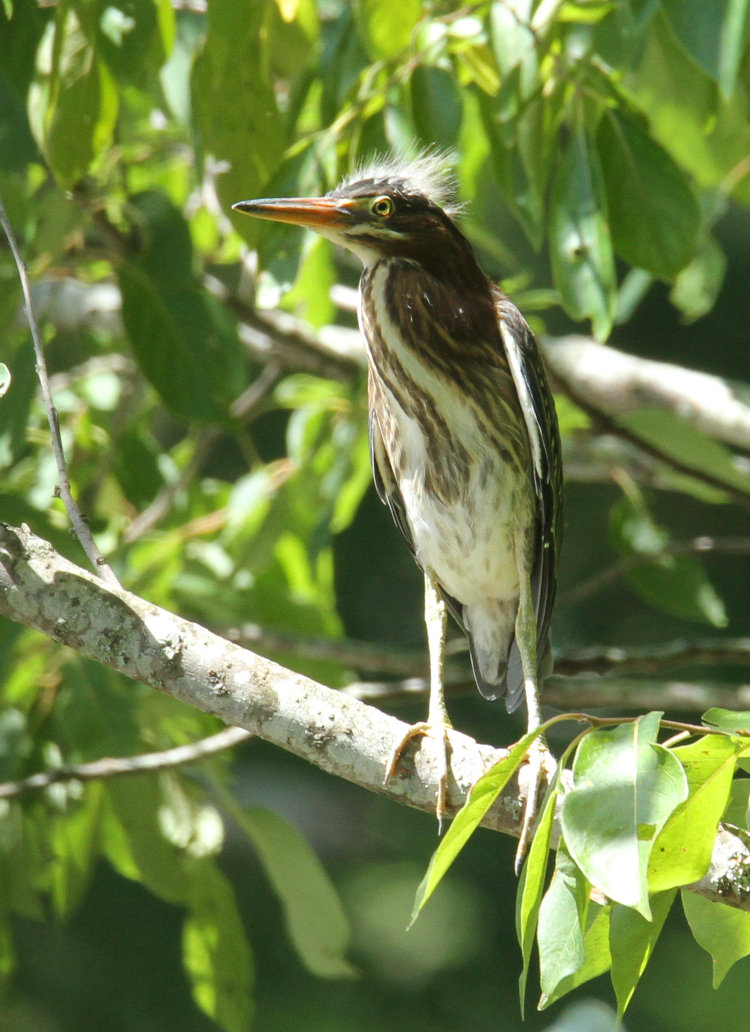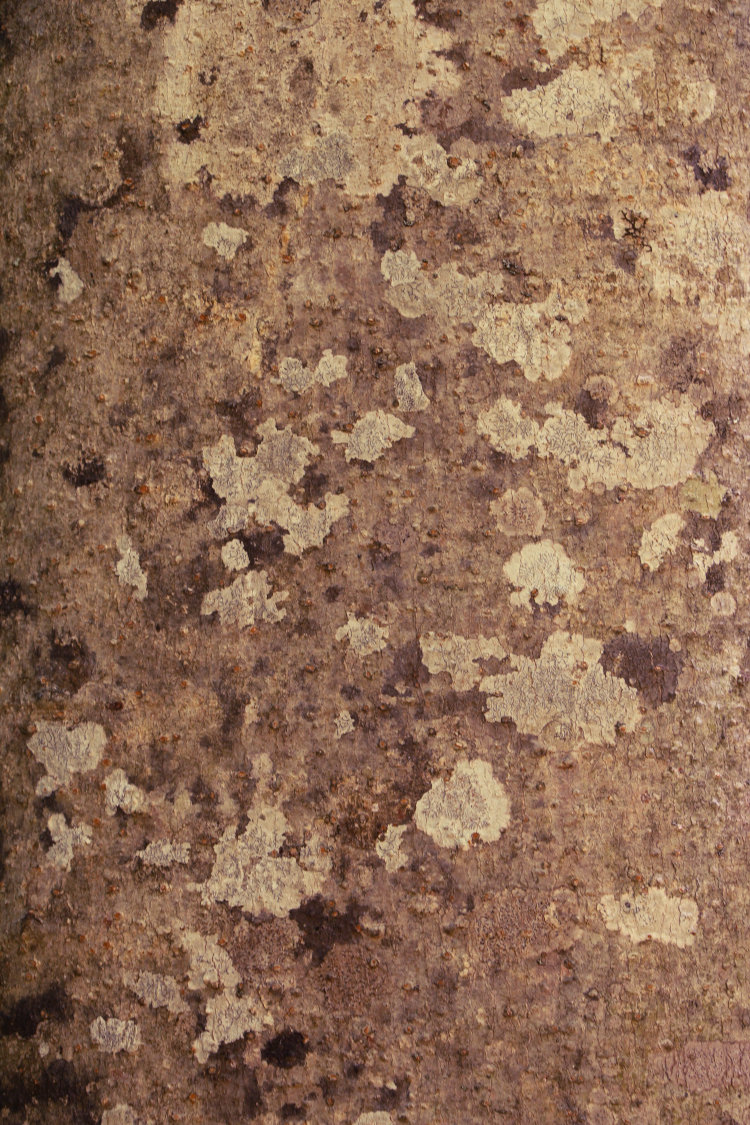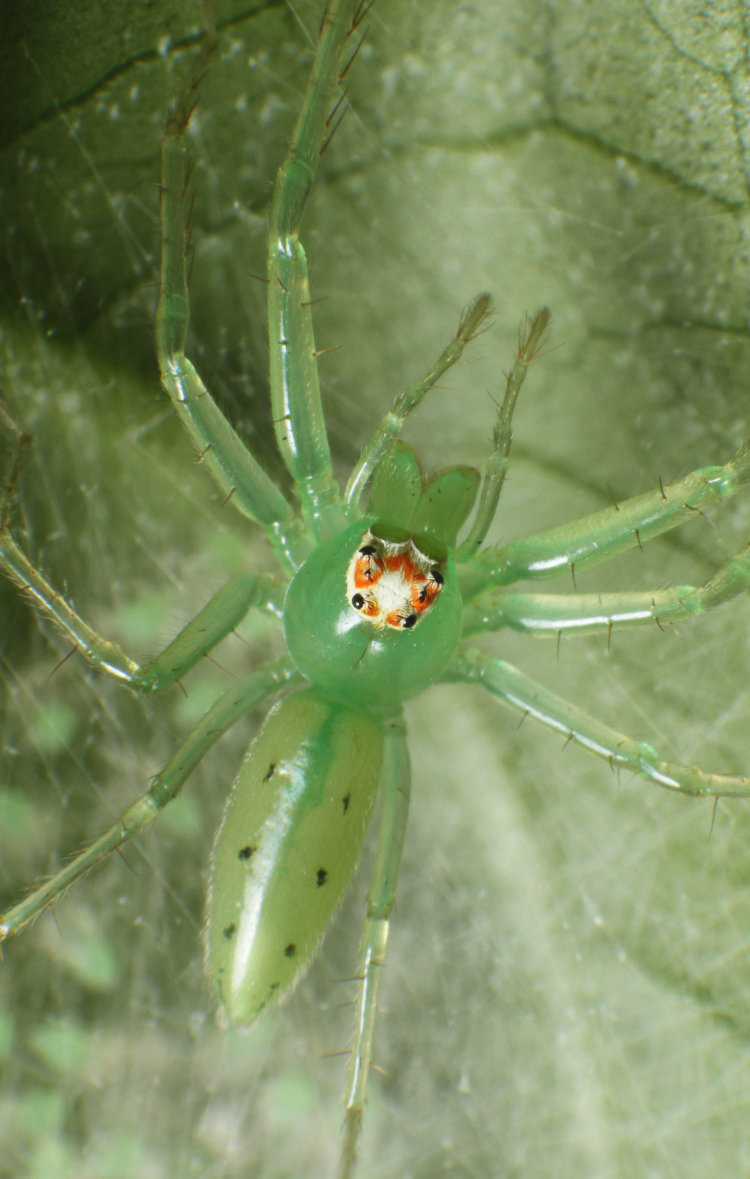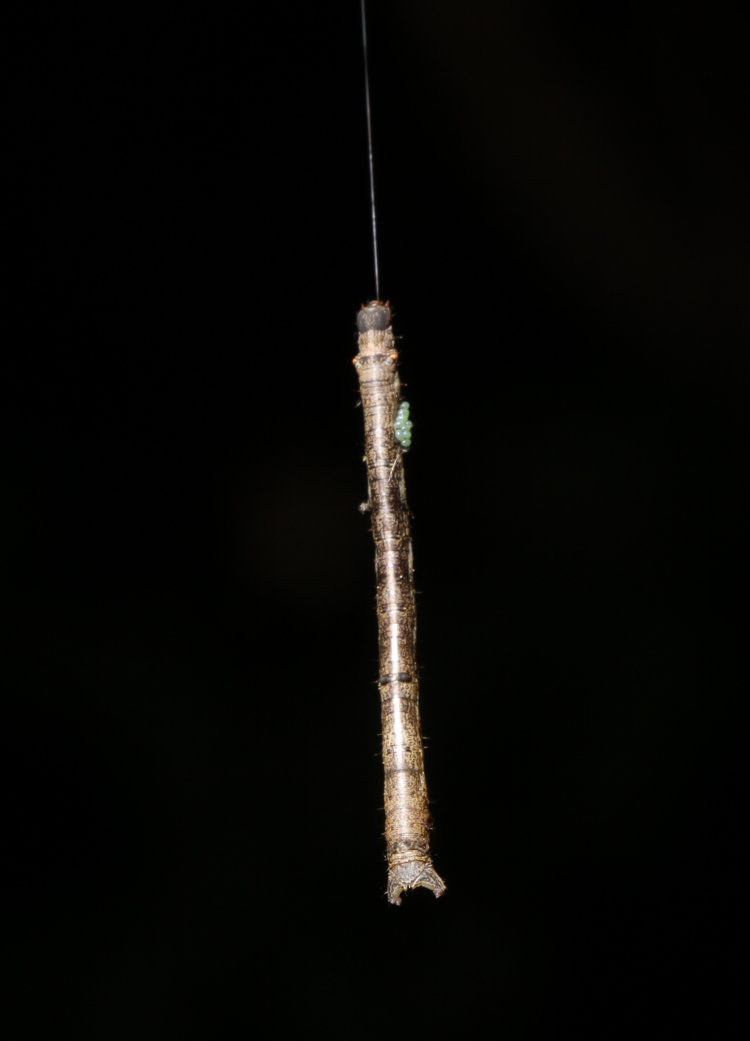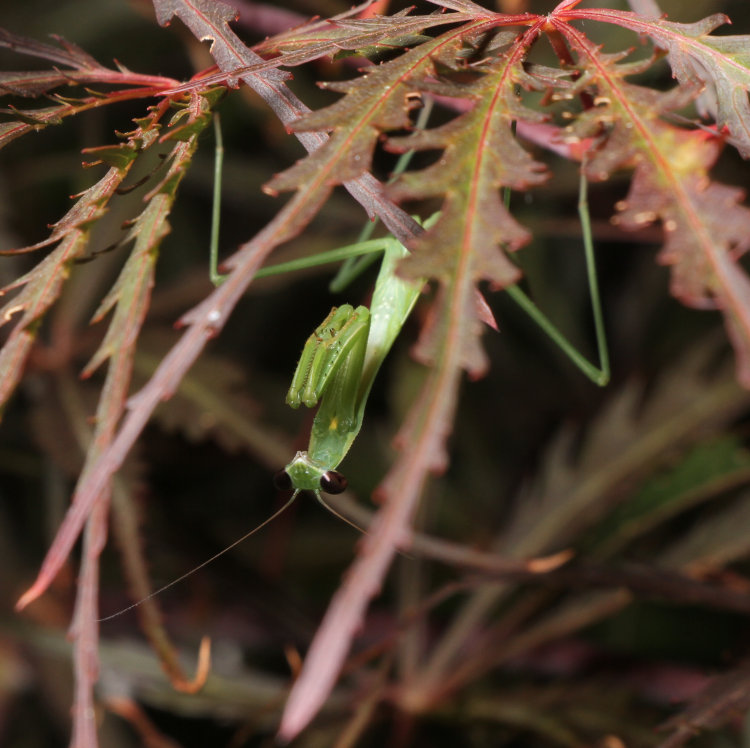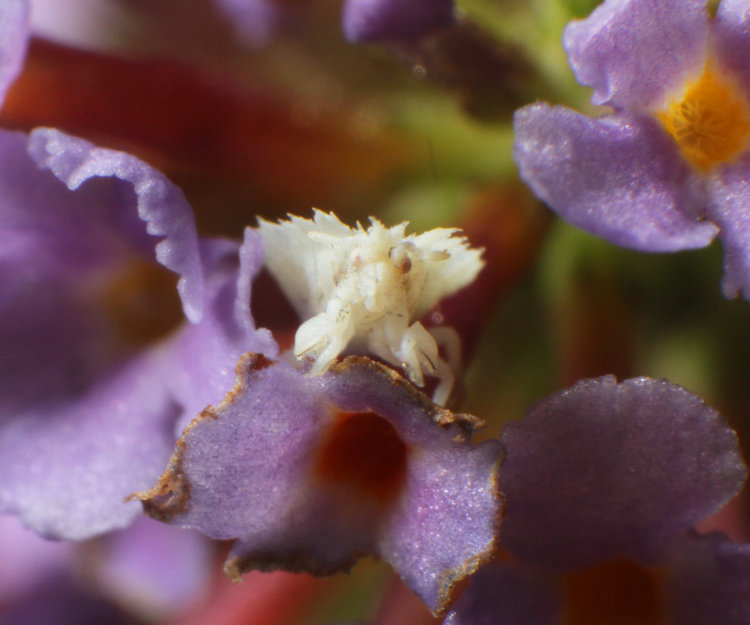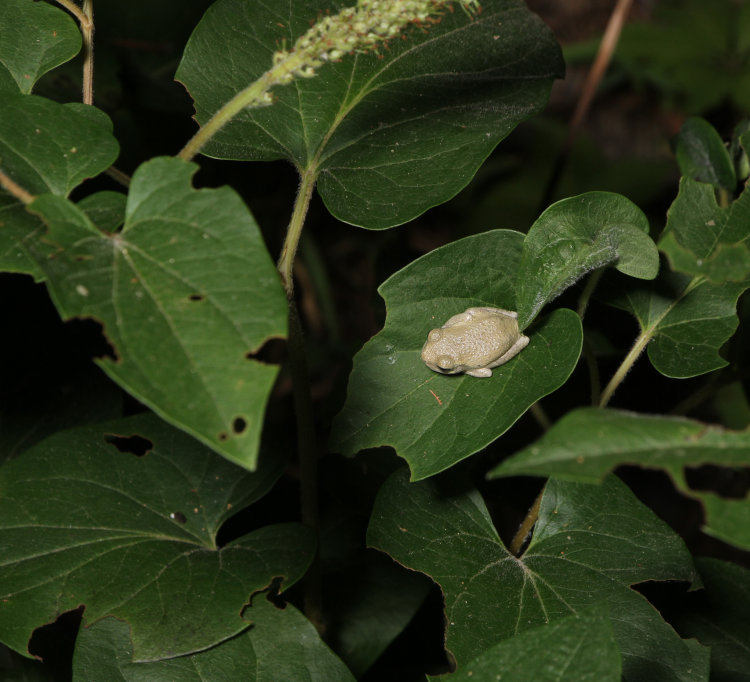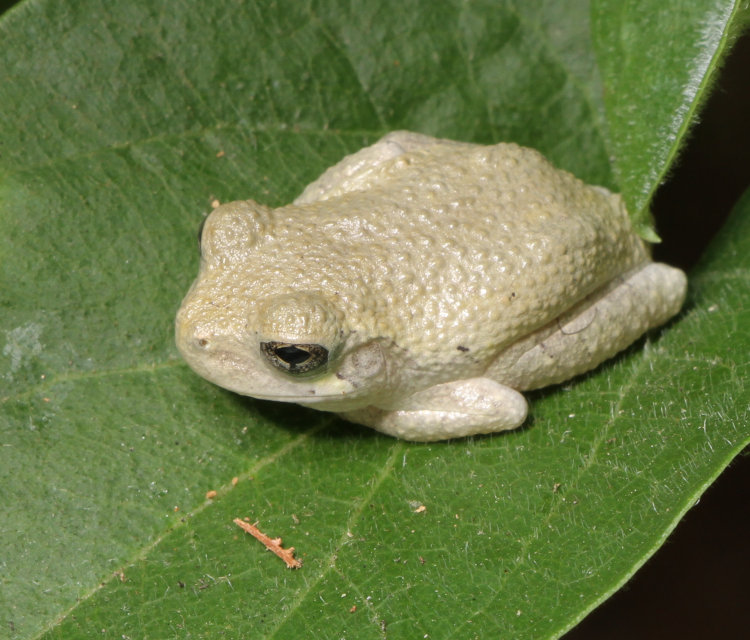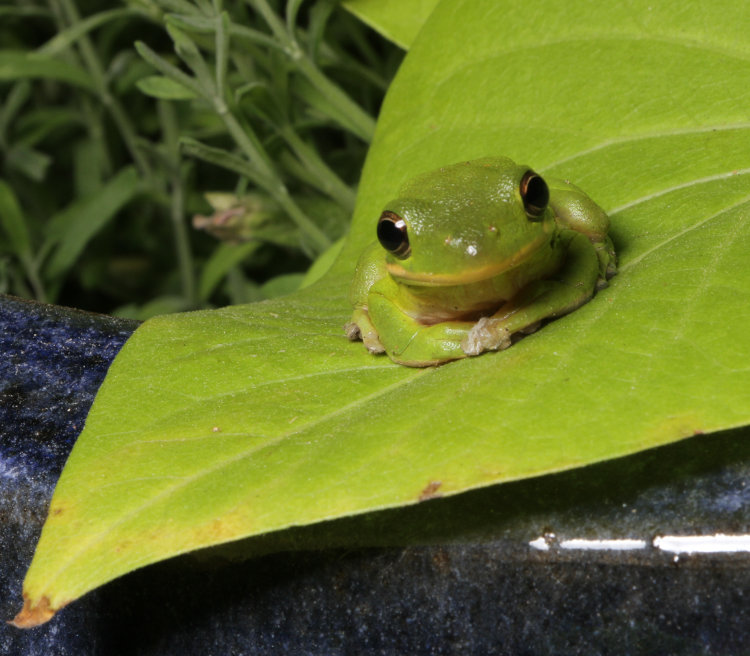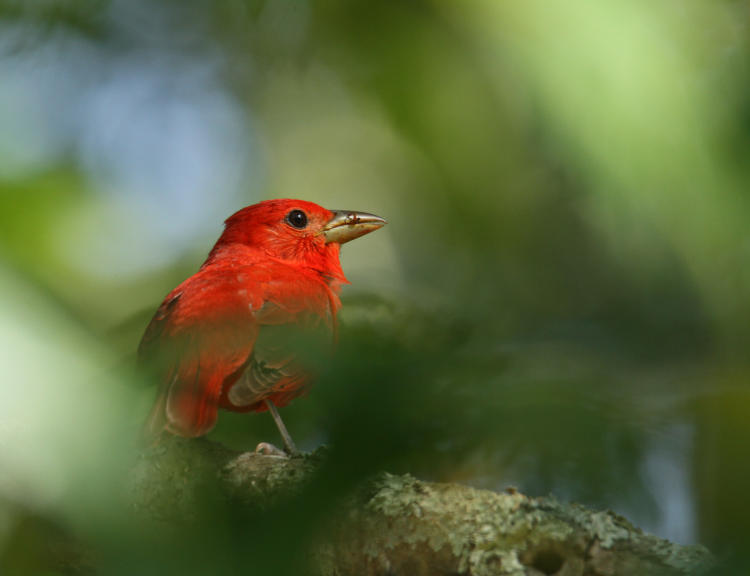I’m up to these kinds of things again, by which I mean, thinking exercises that won’t ultimately mean a damn thing – but then again, that’s the story of my life, so why stop now?
Most people that have even the faintest interest in the idea of life on other planets are familiar with the Fermi Paradox, an idle question from physicist Enrico Fermi one day that says, in essence, “The universe is an old place, and there should have been plenty of opportunities for life to arise on other planets. There should also have been enough time for said life to have expanded quite far across the universe, perhaps even to effectively permeate it. So why haven’t we seen the faintest sign of them?”
First off, we’ll ignore the claims that we have been seeing signs, in the form of little spaceships that come to Earth solely for the purpose of zooming around within easy sight – there are lots of things wrong with this idea, chief among them that applying any critical thought at all to the reports causes them to fall apart very quickly; I’ve tackled this before and will tackle it again, probably before too long. And Fermi’s Paradox has been examined many, many different ways over the years and some of the potential flaws highlighted then – I’ll let you do a search if you like.
Right now, I’m going to examine one aspect in particular, one that gets glossed over pretty often by people that, to my thinking, should know better – likely they just haven’t thought about it carefully. So let’s look at the idea of a race of intelligent beings expanding across the stars.
To establish some basic traits, we’ll consider our own efforts, feeble in comparison to what we believe an extraterrestrial, more-advanced race could accomplish. After making the moon landings, the public idea was that we would soon be expanding to Mars at least, and getting bases established on both, and so on. But the physicists involved in actually planning these things knew there was a major problem: Earth’s gravity. It takes a lot of effort (read: thrust) to overcome this gravity and get a vessel into space, just to the Earth orbit level, and then a lot more to get such a vessel out much further away. The Saturn V booster was a thirty-story tall spacecraft to get just three people to the vicinity of the moon, in tiny crafts, and back again, the vast majority of this being expended in the first portion of the trip. Add more fuel, and you add more weight to be lifted as well, and need more fuel for that weight, and so on; very quickly, you hit a limit as to how efficient the fuel is and that you simply cannot boost enough of it out of Earth’s gravity to go very far. At least, not at once, and this leads to the idea of a space station or moonbase. The moon, having 1/6 of the Earth’s gravity, could serve as a refueling stop where a lot more fuel could be loaded to push a lot farther out, and a space station would be even better in that regard, having virtually no gravity to speak of.
Kind of. The station has to be somewhere stable, and right now that’s always been in Earth orbit. Despite what we see in photos and videos, the occupants of stations like the ISS aren’t really in zero gravity, and truth be told, there is no such thing – remember that the moon is held in orbit by Earth’s gravity, while both are held in orbit by the sun’s. The space stations are simply moving sideways fast enough to overcome the downward pull towards Earth – someone once put it as, “falling towards the planet but missing” from this lateral motion, which is what actually makes an orbit. So any spacecraft refueling at such a station is still overcoming Earth gravity to some extent, though the orbital speed, if aligned properly, can be used to counteract this and help them on their way. Aligning properly is a bit of a key here, in that an orbit that will help boost a craft towards the moon is different from one that will help boost towards Mars – and both of them keep moving. The mathematics involved in calculating orbits and interceptions is far beyond me.
The same can hold true for a moon base. The moon is orbiting on its own, in a pretty specific direction, and only occasionally will this direction help throw a vessel towards Mars, for instance. But more of the problem is having the fuel there to begin with.
Back to that diminishing returns thing: only so much fuel can be lifted to either a space station or a moon base at a time, so it would take a lot of trips to build up a ‘tankful’ to go farther out. The mass of the fuel also has to be considered if it’s to a space station, where it will affect the orbit and will require the station to have to go faster to avoid sinking out of orbit towards the Earth. More fuel there.
[Small related anecdote: When the Falklands War broke out in the 1980s, England had no major military bases anywhere near the islands, and no structure in place for long-range maneuvers. When they wanted to bomb an airfield in Argentina, a pair of bombers needed a support structure of eleven air-to-air refueling aircraft, most of which were simply refueling the refueling aircraft, a pyramid of support to make one bombing run, a there-and-back mission. We’re talking about the same kind of problems here.]
Plus the fact that the spacecraft have to have the tank space for such fuel, and may have to land this additional mass onto the moon itself, or pick up a new booster thereon, and so on. Then we’re talking about having enough fuel for a return trip, and soft-landing this on Mars or keeping it in orbit around the planet (much like the command modules did around the moon for the Apollo program.) On top of that, having people along means a significant support structure for them, which is a hell of a lot more mass/weight. So, theoretically, we know what it would take to get to Mars, but logistically, we can’t accomplish this, and at the very least it would be a very involved and expensive program with a large support structure.
In comparison, the New Horizons probe went way out to Pluto, so how about that, eh? But it used the gravity boost from orbiting multiple planets to do so, took nine years to accomplish the trip, and blew past Pluto at high speed because it carried too little fuel to slow down and enter into orbit. Plus no life support.
So, despite the claims of Elon Musk (who’s been proven to talk out of his ass more than his mouth,) a manned mission to Mars isn’t going to happen anytime soon, and only once the elaborate support structure has been put into place first. Right now, the plans for a sample-return mission to and from Mars are hitting significant snags, and that’s targeted for grabbing and returning a soil sample roughly the size of a test tube.
Now let’s scale all of this up. The nearest star to us is about a million times farther than Mars is, and that’s actually on the lower end of average distance between stars in this arm of the galaxy (4.2 light years versus an average of 8 or so.) So, a million times more support, like a million times the number of space stations? Not quite; while a lot of the trip is going to be coasting so fuel isn’t needed for such portions, if we don’t want to blow past Alpha Centauri at a blinding speed, then we’d need to slow down as we approached. And travel time is a factor, because taking a few hundred years to accomplish this has a lot of problems of its own.
But more to the point, each station built along the way is going to take a ridiculously long time to build, and stock, and maintain – that pyramid thing again. All of which have to be there-and-back missions, or fully automated somehow. The cost would be absolutely stupendous. And bear in mind, this is good for one direction only. Want to check out another star? If it’s not right in line with the first, start a whole other supply pyramid.
Now the fun bits. Most proponents of interstellar travel, by other species than our own, believe in the deus ex machina of “advanced technology,” something that will permit faster than light travel or super-efficient energy sources or something along those lines, always vague and without the faintest support from physics. Let’s be blunt: we, as a species, have been hashing out the laws of physics for quite a few decades now, with some elaborate and esoteric experiments with super-colliders and a lot of observations of extremely powerful stars. There has been no evidence that such things could ever take place, yet at the same time there’s a lot of evidence that they never could. And it’s not about discovering a new law of physics, because we already know the existing ones and they’re not going to suddenly vanish when a new version comes out – at best, they can be refined for circumstances that have yet to be discovered. But to think there’s a “magic switch” that will allow something like faster-than-light travel while simultaneously allowing us to maintain a coherent and cohesive body in the shape of our preference, not to mention being compact and manageable enough to actually fit within any reasonable (or unreasonable) spacecraft, is nothing but comic-book thinking. The same can be said for an energy source that somehow exceeds the E=mc2 formula for total binding atomic energy. Don’t count on it happening, any more than exposure to gamma rays will do anything but kill you.
Thus, expansion by conventional physics, which would take a loooonnnng time. Centuries at least to cover just a few nearby stars, much less the majority of the galaxy. If you can find someone to do it, which would actually be harder than the physical, logistics part of it. Unless your planet has some pretty specific circumstances, confining oneself to any kind of space-traveling vessel is going to impose severe limitations, physically and mentally, and while it’s hard to vouch for what some other species might be like, chances are they evolved to favor certain conditions on their planet that will be nonexistent in space – to use us as an example, gravity, blue skies, open spaces, fresh water, a varied diet, and so on. Confinement and limited stimulus are a recipe for severe mental breakdown.
So, to expand throughout even a significant portion of this spiral arm of the galaxy would require centuries of effort and vast quantities of resources. The idea that asteroids and planets providing access to more raw material to help fuel this expansion is bandied around often, but think about it: raw materials. As in, requiring lots of refining to turn into useful product. An asteroid may be iron-rich, but to turn it into frames for the new space station? Mining, smelting, forming, and so on, several production plants worth of equipment and labor – that all has to be gotten to the asteroid (at the very least the mining equipment,) then transported from there with fuel that comes from some other station.
And all this ignores that, in the deep space between star systems, none of this will be able to be found anyway. Asteroids and planets are attracted to gravity sources – they don’t congregate out in the middle of nowhere. Exotic fuels? Not in any quantity, even in a nebula – we can see through most of those even with nearby stars lighting up all that gas, indicating that it’s not terribly dense. And solar energy is going to be pretty lean between stars too.
On top of that, it would require a species that not only had all the resources, but the desire to spend so much of them on… what? The possibility that nearby stars would provide much better conditions or materials or living areas? The desperation that they’re going to die out if they don’t? (And that’s a possibility that isn’t likely to be beneficial to any race they contact.) What species is going to expend so much effort for such expansion, and can any species actually live that long? Spend enough time in space, and they’ll evolve away from any traits that sent them there in the first place.
Finally, we’d also have to consider that such a species would either aim directly towards a star system showing promising traits (of which ours is unlikely to count,) or towards the center of the galaxy where the stars are most dense and travel thus more efficient.
But the long and short of it is, that diminishing returns thing about fuel, up there at the beginning, is quite possibly a factor against expansion throughout any portion of a galaxy: it may be simply impossible to cross a certain distance, no matter how much time or effort is able to be put into it. The fuel and materials will run out before they carry far enough, the drive and mental state of the beings attempting it may simply not hold up, the nastier conditions among certain stars could be too much to protect against. Everything has a limit.

 This week we have a curious specimen that was rather obvious when spotted that one time, nine years ago, because of both its size and its coloration. This is an elephant mosquito (Toxorhynchites rutilus,) and it was surprisingly easy to catch when it was perched atop the car, less so to photograph even with the help of a terrarium – the top image was tweaked to remove the contrast-reducing haze caused by the terrarium glass. It really is an iridescent blue and gold, and as you can see from the size comparison at right, much larger than a ‘normal’ mosquito (whatever species that is – there might be several.)
This week we have a curious specimen that was rather obvious when spotted that one time, nine years ago, because of both its size and its coloration. This is an elephant mosquito (Toxorhynchites rutilus,) and it was surprisingly easy to catch when it was perched atop the car, less so to photograph even with the help of a terrarium – the top image was tweaked to remove the contrast-reducing haze caused by the terrarium glass. It really is an iridescent blue and gold, and as you can see from the size comparison at right, much larger than a ‘normal’ mosquito (whatever species that is – there might be several.)




















































